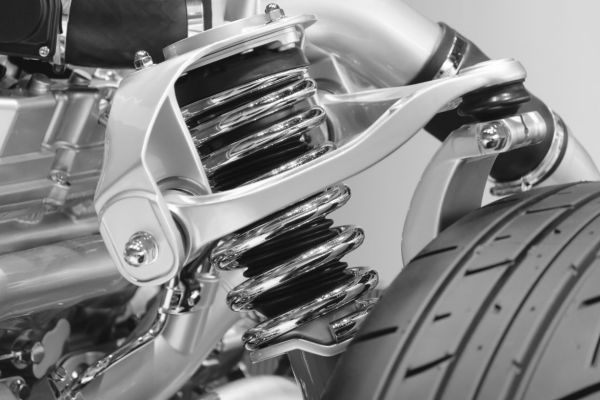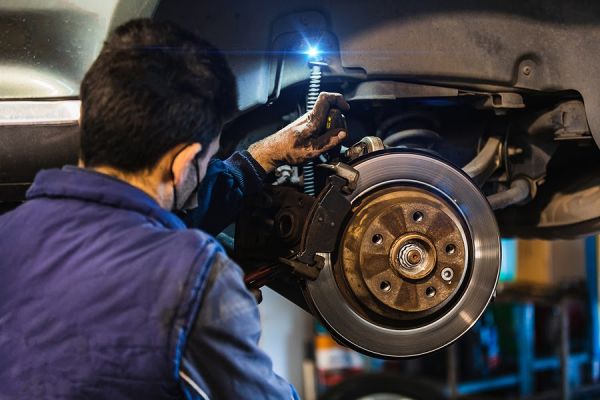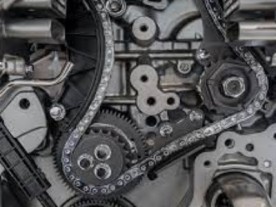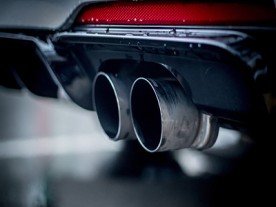Smoothness and comfort are just the basic functions of a shock absorber. They are all shock absorbers. What is the difference between the front shock absorber and the rear shock absorber?
The front and rear shocks are similar in function but different in design. Both can control the excessive movement of the spring. In addition, the front reducer is also a structural part of the suspension. It replaces the function of two to three traditional suspension components, often acts as a pivot point when steering, and adjusts the vehicle's position for positioning.
Rear shock absorber
The fundamental purpose of the rear drop is to control the movement of the spring and suspension.
The shock absorber is mainly an oil pump. A piston is attached to the end of its piston rod and operates via hydraulic oil in a pressure line. As the suspension moves up and down, hydraulic fluid is forced into tiny holes (also called orifices) in the piston. However, the orifice only allows a small amount of oil to enter the piston. This will undoubtedly slow down the piston movement, which in turn slows down the movement of the springs and suspension.

Traditional Modern shocks are speed-sensitive hydraulic dampers, meaning the faster the suspension moves, the more resistance the shock will provide. Thanks to this feature, the shock absorbers can be adjusted to the road conditions. Therefore, the shock absorber reduces the frequency of:
- Bounce
- Roll over or rock
- Brake nod and accelerate back
Front shock absorber
The front drop is a major structural member of the suspension that performs two main functions.

The first function is to play a damping role like a shock absorber
The second function differs from a shock absorber in that it provides structural support to the vehicle's suspension, supports the springs, and keeps the tires in an oriented position
In addition, it shares most of the side load on the vehicle's suspension. Therefore, front suspension affects ride comfort, handling, vehicle control, braking, steering, wheel alignment and other suspension wear and tear.

The front damper and the rear damper are two brothers who are responsible for vibration reduction and work together to ensure the best performance of vehicle handling and braking. The American Society of Automotive Engineers recommends that you replace the shock absorber every 80,000 kilometers of the vehicle! Directly replace the shock absorber assembly to give you a more secure and comfortable driving experience.






